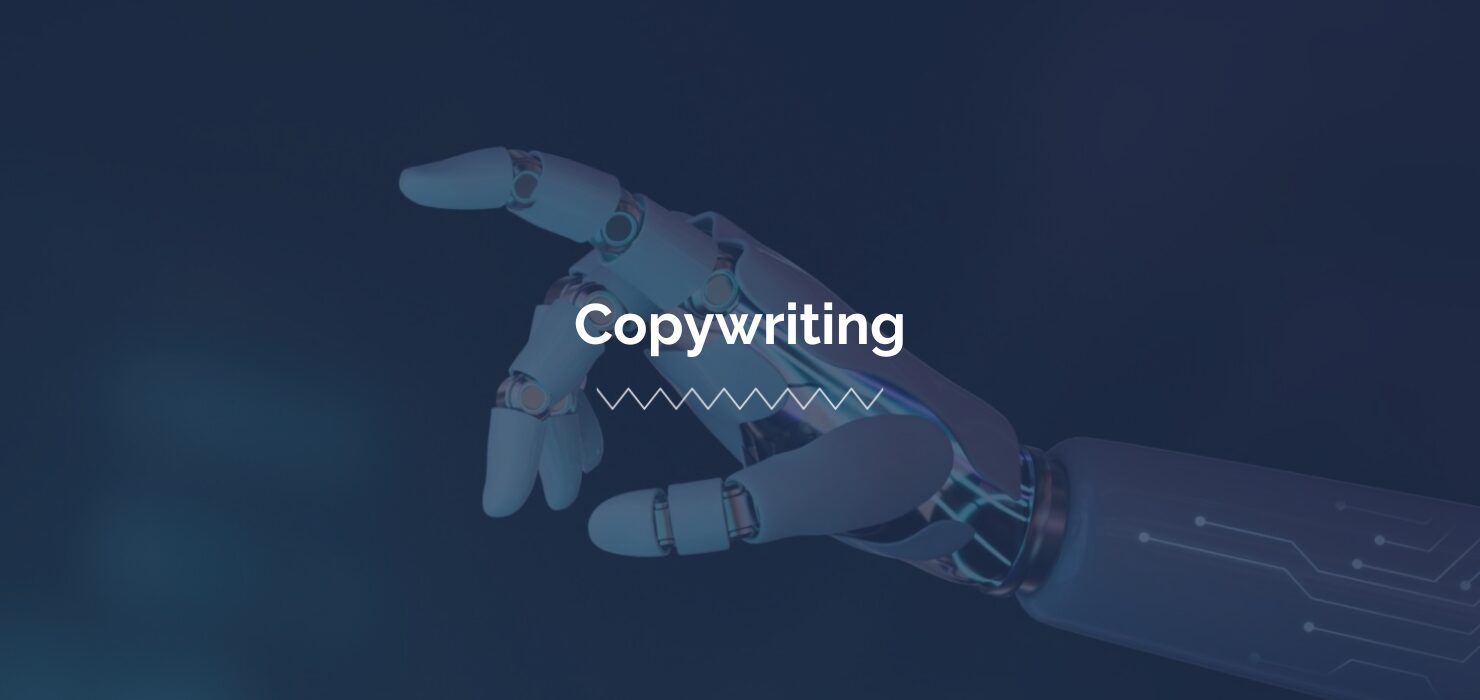AI copywriting software is as intriguing as it is disappointing. Platforms like Jasper are gaining widespread popularity among us copywriters, promising “smarter” work. However, they often spit out content that requires an hour of edits.
Writing may be formulaic, but it’s also an art. It takes emotion, originality, and a sense of nuance to connect with your readers. Just knowing a robot wrote this content would likely cut off that connection. For these reasons and more, AI copywriting software can’t be trusted. At least, not yet.
Why AI Copywriting Software Can’t Be Trusted
Platforms are Unreliable
AI writing platforms are similar to hiring a cheap speechwriter on Fiverr. Sure, the job got done, but the quality is often scoff-worthy. You end up spending 45 minutes rewording and restructuring the entire piece, all the while wondering why you paid that freelancer $X for this horrid presentation.
With AI software like Jasper, Writecream, and CopyAI, you’ll likely have a similar experience. You’ll type in your topic, pick an intro, choose an outline layout, and then generate a blog. Then, you’ll probably have to go into edit mode–and spend about as much time as it takes to write an article yourself.
Some of these platforms are pricey, too. Jasper costs $82 per month for the Boss Mode package, which grants you 100,000 AI-generated words each month along with their standard features. If you’d rather not fix a robot’s mistakes for an hour, I’d suggest passing on these services for long-form blogging and copywriting tasks such as web copy.
AI Replicates, Rather than Creates
This is a huge downside to using copy AI. It doesn’t generate anything unique–it scrapes the web for relevant content, dilutes it, and scrubs out any plagiarism. In other words, copy AI requires human articles to use in order to write new articles.
Copywriters already do this through a practice called “stitching.” Once we’re given a blog topic and some keywords, we pull up three or four relevant articles and learn relevant information from each. It’s common practice.
The difference between human stitching and AI stitching is that the latter has little consideration for voice and tone. They may offer options for a “formal,” “casual,” or “funny” tone, but they rarely include pop-culture references, catchy metaphors, and the popular idioms we all know and love.
Robot writers still haven’t nailed down the emotional aspect of writing, which is arguably the most important standard to hit. For this reason and more, AI copywriting software struggles to write truly engaging articles.
AI Writing Isn’t Impressive
Human nuance is tough to nail–at least for robots that lack emotional capacity. As mentioned before, those common expressions that we relate to just aren’t within the skill set of platforms like Jasper or Writecream. Well, not yet.
From the sayings we’re familiar with to hot-off-the-press references that strike a chord, humans love a relatable read. But those impactful phrases are lost on machines, highlighting copy AI’s lacking understanding of nuance. And how about humor? Have you heard Alexa tell a joke? I dare you to laugh.
In summary, while AI copywriting software holds promise for the near future, it’s not quite there yet. Human writers still reign in the copywriting realm. We’re reliable, creative, and good at what we do because we understand nuance and your favorite pop culture references, and we watch TikTok too. Nix the automation for now, and trust us humans to make your words impactful.
Less Than 20% of Companies Employ AI Copywriting Software
Is your SEO writing falling short conversion-wise? Reach out to the digital marketing professionals at KWSM to bolster your online efforts.
Contact Us to book a free brainstorming session and strategize your path to increased leads, sales, and happy customers.












